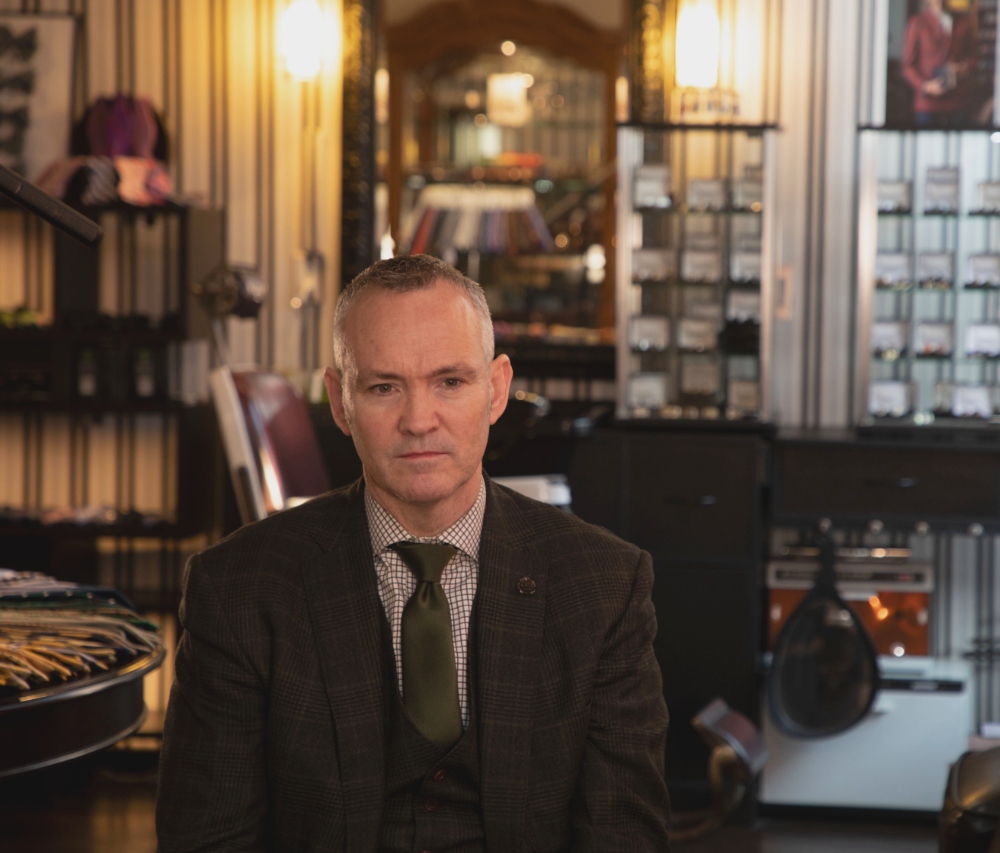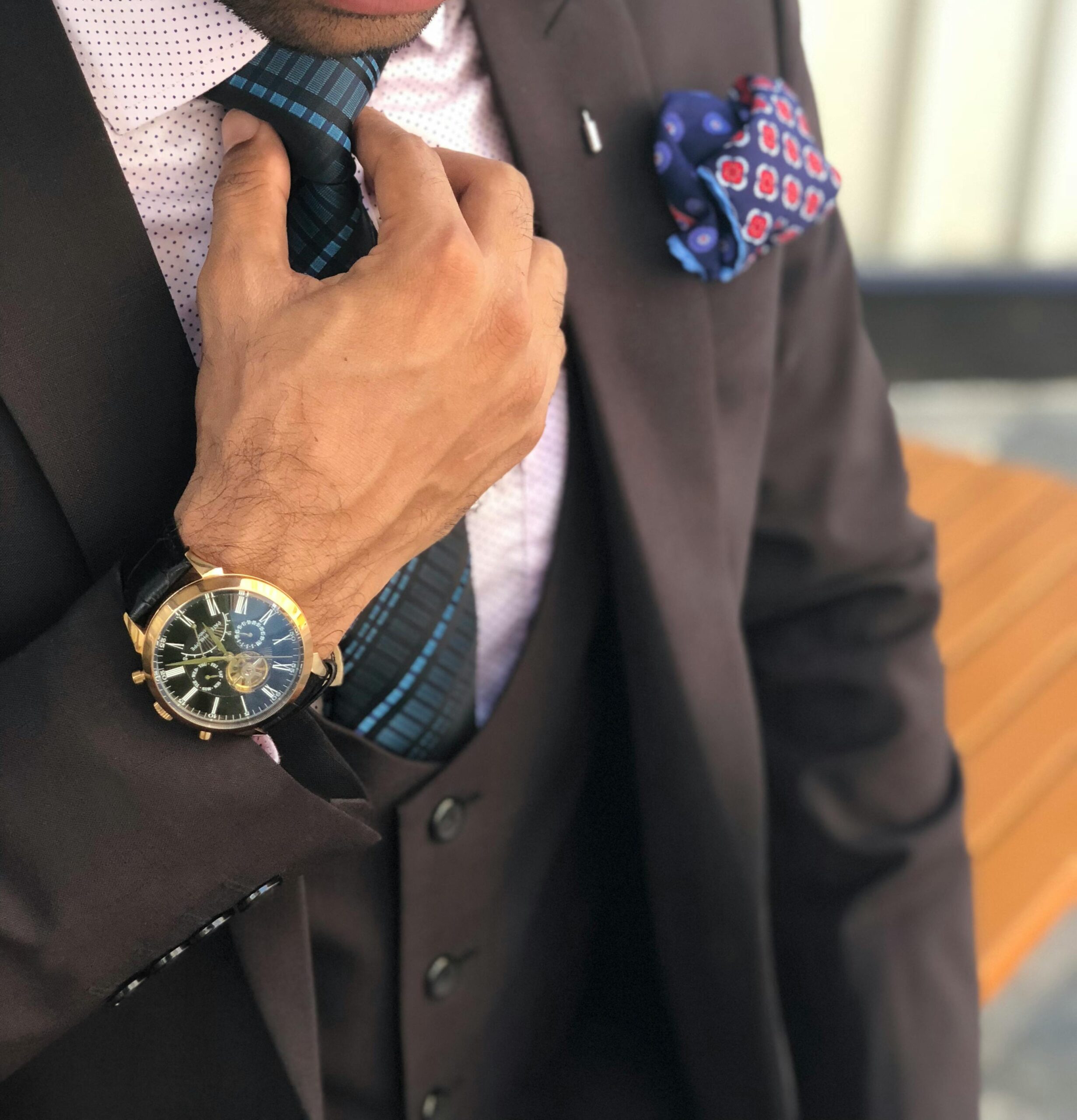Our series custom suit continues with this post, Elements of a Custom Suit Vest. If you missed any of the articles in the series and would like to get caught up, click any of the links below:
Men’s Vests – Some Background
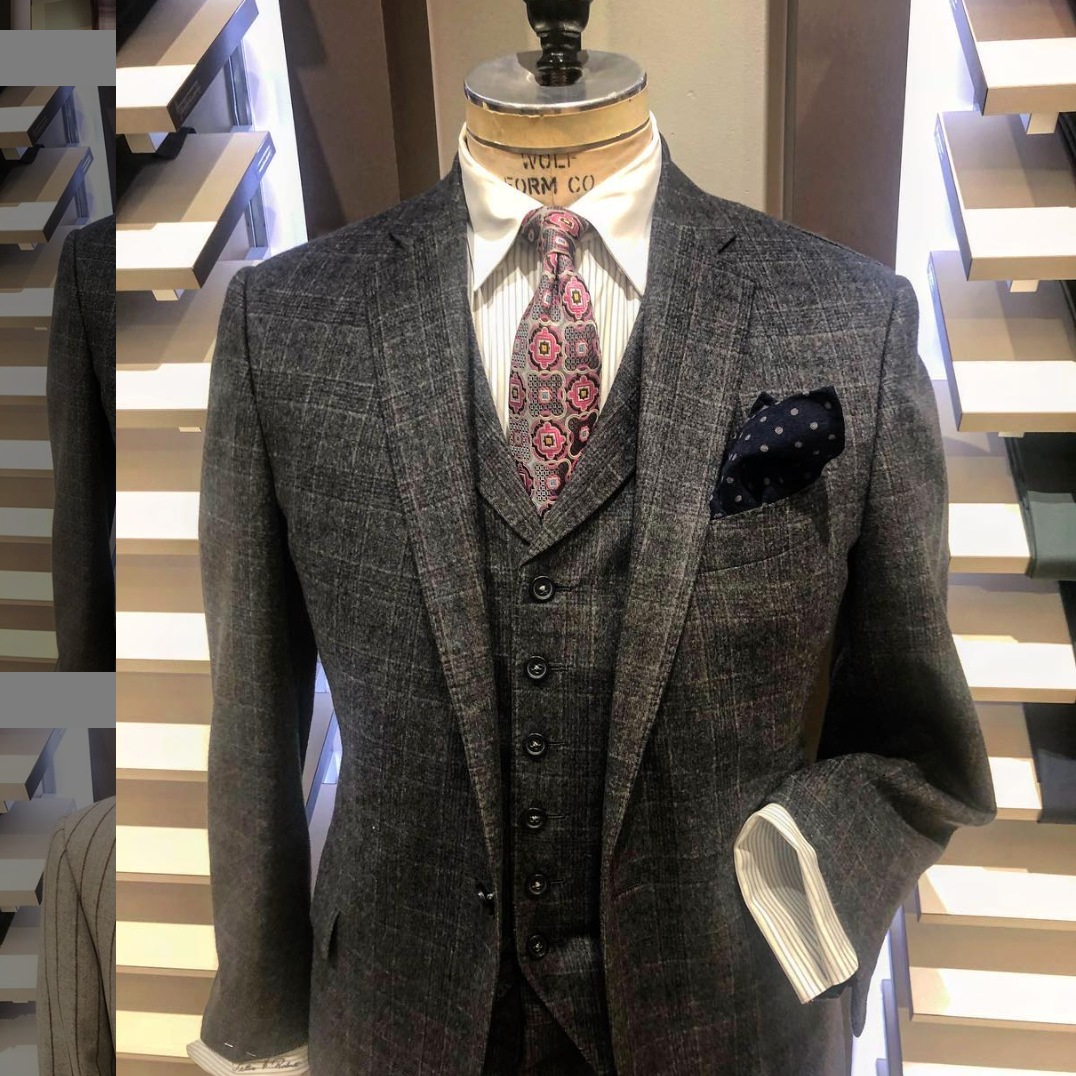 Vests – “waistcoats” in British parlance – are one of those canonical menswear items that always look great, but aren’t always in fashion. We talk about the difference between style and fashion a lot, and because vests are permanently stylish, we say making an investment in one ore more is a great addition to your wardrobe.
Vests – “waistcoats” in British parlance – are one of those canonical menswear items that always look great, but aren’t always in fashion. We talk about the difference between style and fashion a lot, and because vests are permanently stylish, we say making an investment in one ore more is a great addition to your wardrobe.
Looking to make your suits a little warmer? Add a vest. Need more versatility in your wardrobe? Try a vest. Hungry for another opportunity for design and personalization? Make up a vest. It’s true that the additional labor and cloth required to make them increase a suit’s final cost, but other than that, it’s strategic to add a vest to any custom suit you commission. We have more information on how to wear vests below.
Waistcoat Design Details
Though they’re relatively small pieces of clothing, there’s a lot that goes into how a finished vest looks. Below, we’ll go over the different options our clients have when designing a custom vest.
Style
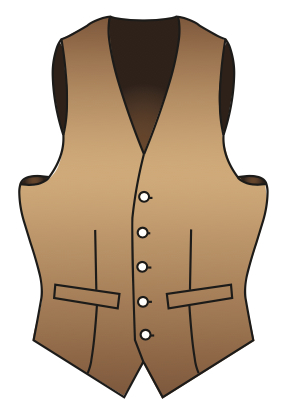 Similarly to sport coats, we need to determine whether a vest will be single- or double-breasted. Single-breasted vests are typically made with either five or six front buttons for suits (we prefer five to six), and as few as three buttons for formal and semiformal vests.
Similarly to sport coats, we need to determine whether a vest will be single- or double-breasted. Single-breasted vests are typically made with either five or six front buttons for suits (we prefer five to six), and as few as three buttons for formal and semiformal vests.
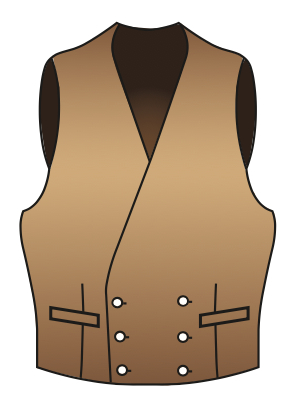 Another similarity vests have with suits: single-breasted ones are far and away more common than their double-breasted brethren. Double-breasted ones are the more formal of the two styles, at least on paper.
Another similarity vests have with suits: single-breasted ones are far and away more common than their double-breasted brethren. Double-breasted ones are the more formal of the two styles, at least on paper.
Note that a single-breasted vest can be easily worn with either a single-breasted or double-breasted coat. A double-breasted vest shines the most when worn with an unbuttoned single-breasted jacket.
Buttons & Stitching
Any custom garment will afford you the opportunity to select a button. In the case of a three-piece suit, it’s most likely that the vest button will match those on your jacket and pants.
If you’re making what’s referred to as an “odd” vest (more on that below), you can simply choose whichever button you feel works best.
Just like with jackets, you can select contrast colors for button and buttonhole stitching. Given that you’re not supposed to button the bottom button of a vest, some of our clients like to draw attention to this with a different color buttonhole thread on that bottom buttonhole.
Lining & Back Style
Your lining options for vests are equally limitless to those of a suit jacket. Lots of the three-piece suits we make involve a vest lining that matches the jacket. Quite a few are intentionally mismatched, with sound reason:
 Custom linings are often fun, bold, and expressive. Inside a jacket, this boldness is kept in check – no one can see it unless you intentionally show it off. On the back of a vest, however, it’s much more prominent. Given that a selling point of a three-piece is the ability to remove the jacket and still appear “dressed,” this is a serious consideration unless you don’t mind being spotted in a beer-and-tequila-bottle lining.
Custom linings are often fun, bold, and expressive. Inside a jacket, this boldness is kept in check – no one can see it unless you intentionally show it off. On the back of a vest, however, it’s much more prominent. Given that a selling point of a three-piece is the ability to remove the jacket and still appear “dressed,” this is a serious consideration unless you don’t mind being spotted in a beer-and-tequila-bottle lining.
Rarely seen on RTW clothing is the “cloth back” vest. This is simply a vest whose back is made from the same cloth as the front.
Lapels
Most ready-to-wear vests are sold without lapels, and we make plenty the same way for our clients. Still, you can make a vest with notch lapels, peak lapels, or even a shawl collar.
The “rules” as they relates to lapels on vests aren’t terribly strict, and you can put just about any lapel style on any vest if you’re thoughtful about the purpose for which you’re wearing it. With that said, it’s advisable to keep notch lapels off of double-breasted vests.
Pockets
 The average vest sports two lower welt pockets (the same welt pocket as is most standard on the upper pocket of your coat). Some men like to add two to the top for a total of four, and others still like an asymmetrical look, choosing two lower ones and an upper left pocket in which to display a pocket square (as seen in the photo above). The number of pockets you prefer is strictly personal.
The average vest sports two lower welt pockets (the same welt pocket as is most standard on the upper pocket of your coat). Some men like to add two to the top for a total of four, and others still like an asymmetrical look, choosing two lower ones and an upper left pocket in which to display a pocket square (as seen in the photo above). The number of pockets you prefer is strictly personal.
More casual vest pockets can have flaps, and we can even put ticket pockets on vests. Formal vests – those worn with an evening tailcoat – have no pockets.
How To Wear A Vest
When talking about a three-piece suit, wearing a vest is simple. It matches the jacket and trousers, so that mental labor was front-loaded at the design stage. Pick out the suit, shirt, and tie, and you’re good to go.
Odd vests are a different story, and it’s a great way to flex vests into your tailored wardrobe. In menswear, the term “odd” refers to a jacket, vest, or pants that don’t have a matching counterpart in an ensemble. An odd jacket and trousers, for example, is simply a sport jacket and pants that, although coordinated, don’t match.

An odd vest ensemble typically refers to one in which the jacket and pants match, but the vest doesn’t. This look is easiest to pull off with a dark suit and lighter vest, but you’re not limited to that. A vest makes a great sport coat substitute when paired with pants and a shirt.
Though relatively few men take advantage of them, vests worn outside the context of a suit make for a unique look. The right vest with chinos or jeans dresses up the ensemble just enough without going overboard.
Other Articles
We hope this post was informative and helpful. If you’d like to read the other posts from our Elements of a Suit series, click any of the links below:
